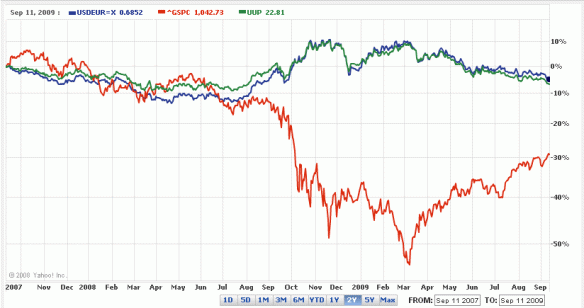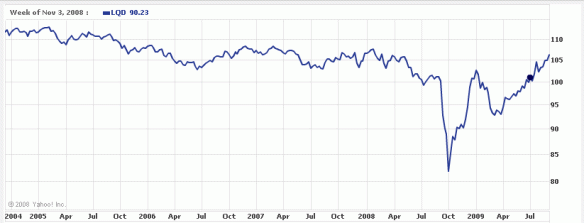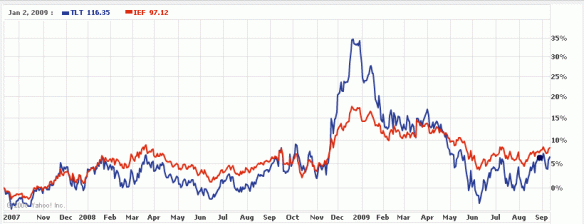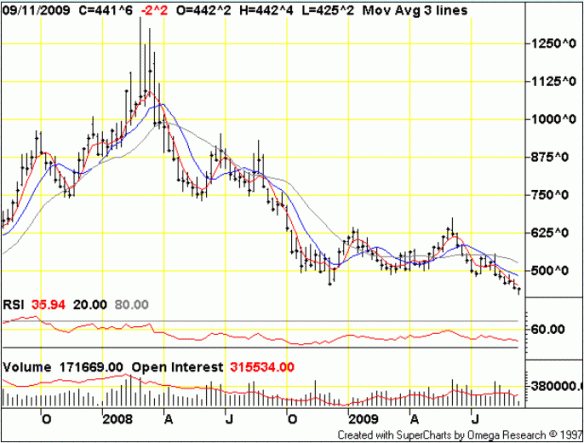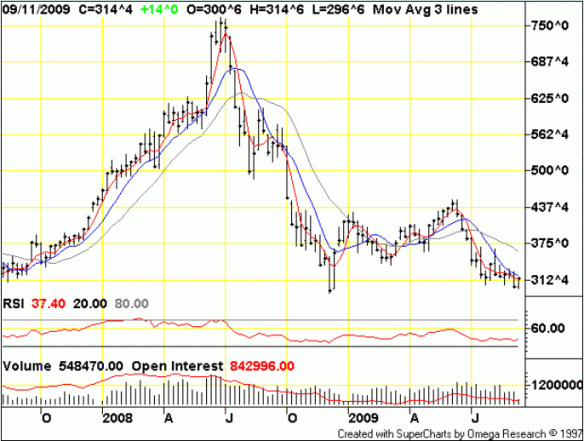Many great traders could care less, but investors need value, and there has been none in the US stock market as a whole since about the early 1990s, and no great value since about 1984. Value means getting a lot for your money, and in stocks that means of course earnings, dividends and (honestly priced) assets.
David Rosenberg is about the only bearish mainstream economist left, all the others having drunk too much Keynesian cool-aid and succumbed to the fallacy that Fed printing and government spending is stimulative (is is the opposite). In this morning’s Breakfast with Dave he warns again that fundamental or long-term investors have business touching the stock market at these prices:
WAY TOO MUCH RISK IN THE EQUITY MARKET
Never before has the S&P 500 rallied 60% from a low in such a short time frame as six months. And never before have we seen the S&P 500 rally 60% over an interval in which there were 2.5 million job losses. What is normal is that we see more than two million jobs being created during a rally as large as this.
In fact, what is normal is for the market to rally 20% from the trough to the time the recession ends. By the time we are up 60%, the economy is typically well into the third year of recovery; we are not usually engaged in a debate as to what month the recession ended. In other words, we are witnessing a market event that is outside the distribution curve.
While some pundits will boil it down to abundant liquidity, a term they can seldom adequately defined. If it’s a case of an endless stream of cheap money, we are reminded of Japan where rates were microscopic for years and the Nikkei certainly did enjoy no fewer than four 50% rallies and over 420,000 rally points in a market that is still more than 70% lower today than it was two decades ago. Liquidity and technicals can certainly touch off whippy tradable rallies, but they don’t take you all the way to a sustainable bull market. Only positive economic and balance sheet fundamentals can do that.
Another way to look at the situation is that when you hear and read about “liquidity” driving the market, it is usually a catch-all phrase for “we have no clue” but it sounds good. When we don’t have a reasonable explanation for what is driving prices our strategy is to watch from the sidelines and express whatever positive views we have in the credit market and our other income and hedge fund strategies.
I wholeheartedly agree with his take on the word liquidity as it is thrown about these days. All it really seems to mean is that people are bullish and in the mood to take on risk — most assets were perfectly liquid throughout the crash (that is, there were plenty of buyers), packaged mortgage debt included. The banks only pretended their assets were unsaleable because they didn’t like the bids, which, as it turns out, were perfectly reasonable given the reality of default rates and shrinking collateral values.
Rosenberg goes on to discuss exactly how ridiculous the valuations are, even given the extremely rosy earnings forecasts, which seem to imply that Goldilocks was only taking a little nap and that it is not true that she was torn to shreds by the bears:
As for valuation, well let’s consider that from our lens, the S&P 500 is now priced for $83 in operating EPS (we come to that conclusion by backing out the earnings yield that would match the current inflation-adjusted Baa corporate bond yield). That would be nearly double from the most recent four-quarter trend. Not only that, but the top-down estimates on operating EPS, for 2009 are $48.00 for 2009; $52.60 for 2010; $62.50 for 2011; and $81.00 for 2012. The bottom-up consensus forecasts only go to 2010 and even for this usually bullish bunch, operating EPS is seen at $73.00 for 2010, which means that $83.00 is likely a 2011 story. Either way, the market is basically discounting an earnings stream that even the consensus does not see for another two to three years. In other words, this is more than just a fully priced market at this point.
It is, in fact, deeply overvalued at this juncture. Imagine that six months after the depressed lows we have a situation where:
The trailing price-earnings ratio on operating EPS is 26.5x. At the October 2007 highs, it was 18.8x. In addition, when the S&P 500 is trading north of a 26x P/E multiple on trailing operating earnings, history shows that at these high valuation levels, the market declines in the coming year 60% of the time.
The trailing price-earnings ratio on reported EPS is 184.2x. At the October 2007 highs, it was 23.4x. In fact, just prior to the October 1987 crash, the P/E ratio was 20.3x (not intended to scare anyone).
The price-to-dividend ratio is 53x, where it was at the 2007 highs. Again, the market is trading as it if were at a peak for the cycle, not any longer near a trough. Once again, and we don’t intend to sound alarmist, the price-to-dividend ratio just prior to the 1987 crash was 12x, and at the time, the S&P 500 was viewed in many circles to be at an extended extreme.
Bullish analysts like to dismiss the actual earnings because they are “depressed” and include too many writeoffs, which of course will never occur again. Fine, on one-year forward (operating) earning estimates, the P/E ratio is now 15.7x, the highest it has been in nearly five years. At the peak of the S&P 500 in the last cycle — October 2007 — the forward P/E was 14.3x, and the highest it ever got in the last cycle was 15.4x. So hello? In just six short months, we have managed to take the multiple above the peak of the last cycle when the economic expansion was five years old, not five weeks old (and we may be a tad charitable on that assessment). As an aside, the forward multiple on the eve of the 1987 stock market collapse was 14x and one of the explanations for the steep correction was that equities were so overvalued and overbought that it was vulnerable to any shock (in that case, it came out of the U.S. dollar market). It certainly was not the economy because that sharp 30% slide took place even with an economy that was humming along at a 4.5% clip.
The entire article (sign up for emails) is worth a read. There is much more good stuff in there on housing, manufacturing, commodities and household net worth. Savvy contrarian that he is, he also had these kind words to say about the US dollar:
We do not like the U.S. dollar at all, but at the same time, from a purely tactical standpoint, we have to recognize that there are no U.S. dollar bulls out there right now, the bearish dollar trade is the crowded consensus trade, and that the greenback is massively oversold. It could snap back near-term — be aware of that, please.







